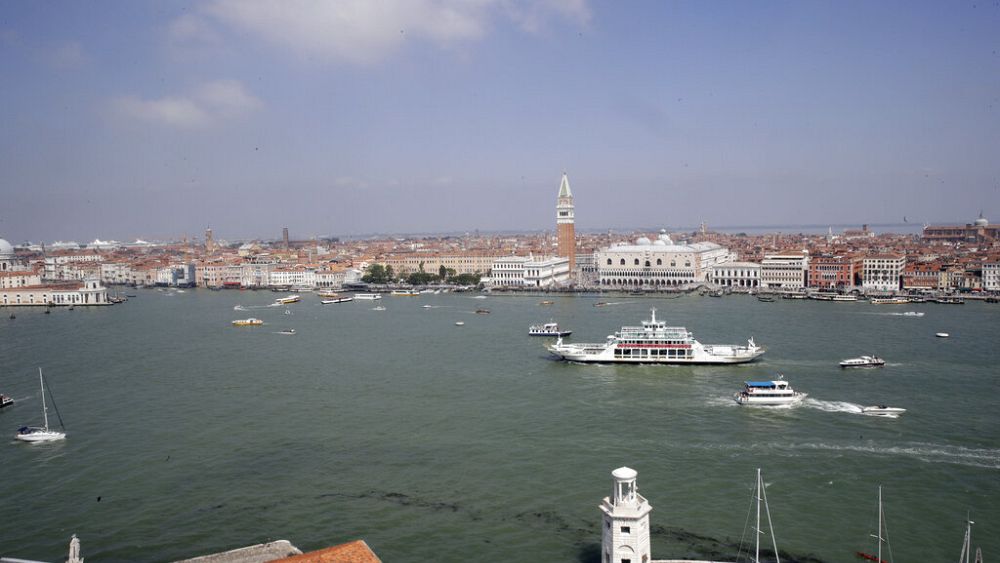UNESCO has recommended that Venice and its lagoon be added to its list of World Heritage in Danger.
They say Italy is not doing enough to protect the city from the impact of climate change and mass tourism.
UNESCO says Venice faces "long-standing but urgent issues" that are not being solved due to "a lack of overall joint strategic vision for the longterm preservation of the property."
Is overtourism an issue in Venice?
Venice, known for its canals and cultural sites, has been struggling with overtourism for years. On a single day during the 2019 Carnival, some 193,000 people squeezed into the historic centre.
Venice has been preparing to introduce a fee for day-trippers to control visitor numbers, but has been delayed by objections.
What has Italy been criticised for?
UNESCO said corrective measures proposed by the Italian government are "currently insufficient and not detailed enough."
It added that Italy "has not been communicating in a sustained and substantive manner since its last Committee session in 2021, when UNESCO had already threatened to blacklist Venice.
A spokesperson for the Venice municipality told Reuters the city "will carefully read the proposed decision published today by the Center for UNESCO's World Heritage Committee and will discuss it with the government".
How does UNESCO classify World Heritage Sites?
UNESCO World Heritage Centre experts regularly review the state of the UN cultural agency's 1,157 World Heritage sites. At a meeting in Riyadh in September, a committee of 21 UNESCO member states will review more than 200 sites and decide which to add to the danger list.
For nearly 10 of these sites, the experts recommend that member states put them on the danger list. Already on the list are the historic centre of Odessa, Ukraine, the town of Timbuktu in Mali, and several sites in Syria, Iraq and Libya.
Other sites recommended to be put on the danger list this year are the cities of Kyiv and Lviv in Ukraine.


